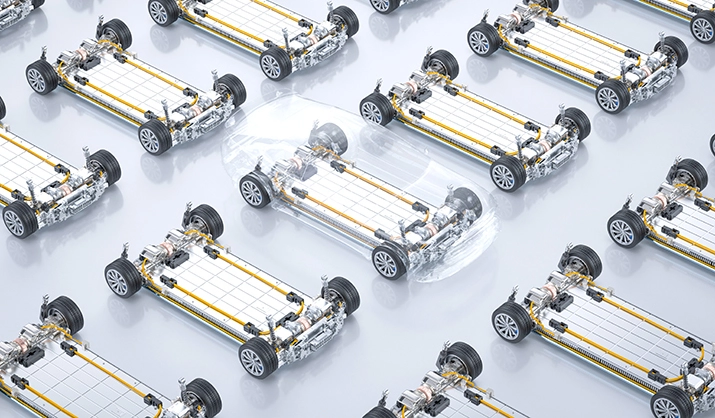This first installment of a two-part series addresses the lingering and timely questions of how to solve the EV consumer demand puzzle. Let’s begin with a look back at historical markers that have set the current stage for EV consumer brand tension, followed by perspectives on the emotive nature of EV anxiety and how OEM, Retailer and POS innovation can help consumers move past purchase apprehension and drive positive brand growth.
The year is 1996. General Motors, one of the largest automotive manufacturers on the planet, has just designed and developed, from the wheels up, a new electric vehicle called the EV1.
Anyone remember that one? I didn’t think so. For additional context, Google was three years from Day 1, and Elon Musk was a 24-year-old, soon-to-be Stanford University PhD-program dropout who was about to launch his first startup company that had nothing to do with automobiles, let alone electric motors.
For most, given that brief history lesson, it certainly would be forgivable to not have predicted that in 2023, GM, a company that’s been building cars since 1908, would be lucky to sell 150,000 EV units, and that Tesla, having sold its first EV in 2008, (you read that right … that’s 100 years after GM was founded) would have sold an estimated 1.8 million. Sales continue to clip for Tesla even as the company remains in damage control mode over its recent massive recall.
This is just one example of the EV market’s strange and unpredictable 30-year ride (pun intended), where producers and dealers still struggle with the complex demand landscape of EV buyers, especially in the U.S. market.
As we look at 2024, 134 new EV models will be available to consumers. Product parity and pricing will continue to level the playing field among producers. The pressing question remains how original equipment manufacturers (OEMs), retailers, and public sector leaders should approach and resolve blind spots for EV consumer demand that have plagued this industry and technology since its inception with the EV1.
So let’s take a look at some key areas that are creating barriers to EV demand growth and adoption, and at some solutions that could help break them down.
As we look at the 2024, 134 new EV models will be available to consumers. Product parity and pricing will continue to level the playing field among producers. The pressing question remains how original equipment manufacturers (OEMs), retailers, and public sector leaders should approach and resolve blind spots for EV consumer demand that have plagued this industry and technology since its inception with the EV1.”
The only certainty is change (dealers, I hope you’re paying attention).
According to the Cox Automotive EV Sales Report, on average, it takes a dealership 52 days to sell an internal combustion engine (ICE) vehicle, and 97 days to sell an EV. With the caveat that not all of these sales numbers can be assigned to the dealer, it’s safe to say that there is currently a challenge to the traditional sales model. Many new EV models are ready to flood the market, but dealers are still delaying and hedging their bets. For example, many are slow to embrace EV sales training, or an “all-in” approach to EV adoption, and for good reasons.
Because EVs have higher manufacturer’s suggested retail prices (MSRPs) than ICE vehicles, EVs take longer to sell, which increases dealership floor plan usage and adds to insurance costs. For the longer term, EVs don’t require oil changes or other traditional kinds of maintenance and repairs. Simply put, a typical EV engine has 20 moving parts, compared to nearly 2,000 on a modern ICE vehicle. Fewer parts mean less to repair or replace, and that leads to reduced revenue for dealers, and perhaps lower incentives to sell EVs.
Tesla and other EV manufacturers have successfully demonstrated that an OEM can sell vehicles by methods outside the franchise model, such as direct-to-consumer (DTC); and that, understandably, has dealers concerned. For example, starting this year, Hyundai dealerships will be able to sell to consumers via Amazon.
Looks like Hyundai is taking a page out of the Tesla sales playbook. Dealerships will eventually need to build in the benefits of innovative DTC models as a means of growing the demand pipeline. Selling to consumers in this way and satisfying consumers who have long been dissatisfied with the traditional dealership experience, will represent a major shift in mindset for dealers. Amazon’s move into their territory, however, is a development that retailers can’t afford to ignore.
In Part II of this series we’ll examine some practical, yet powerful ways to leverage the Voice-of-the-Customer to increase brand growth, with a little help from innovation and common sense.





